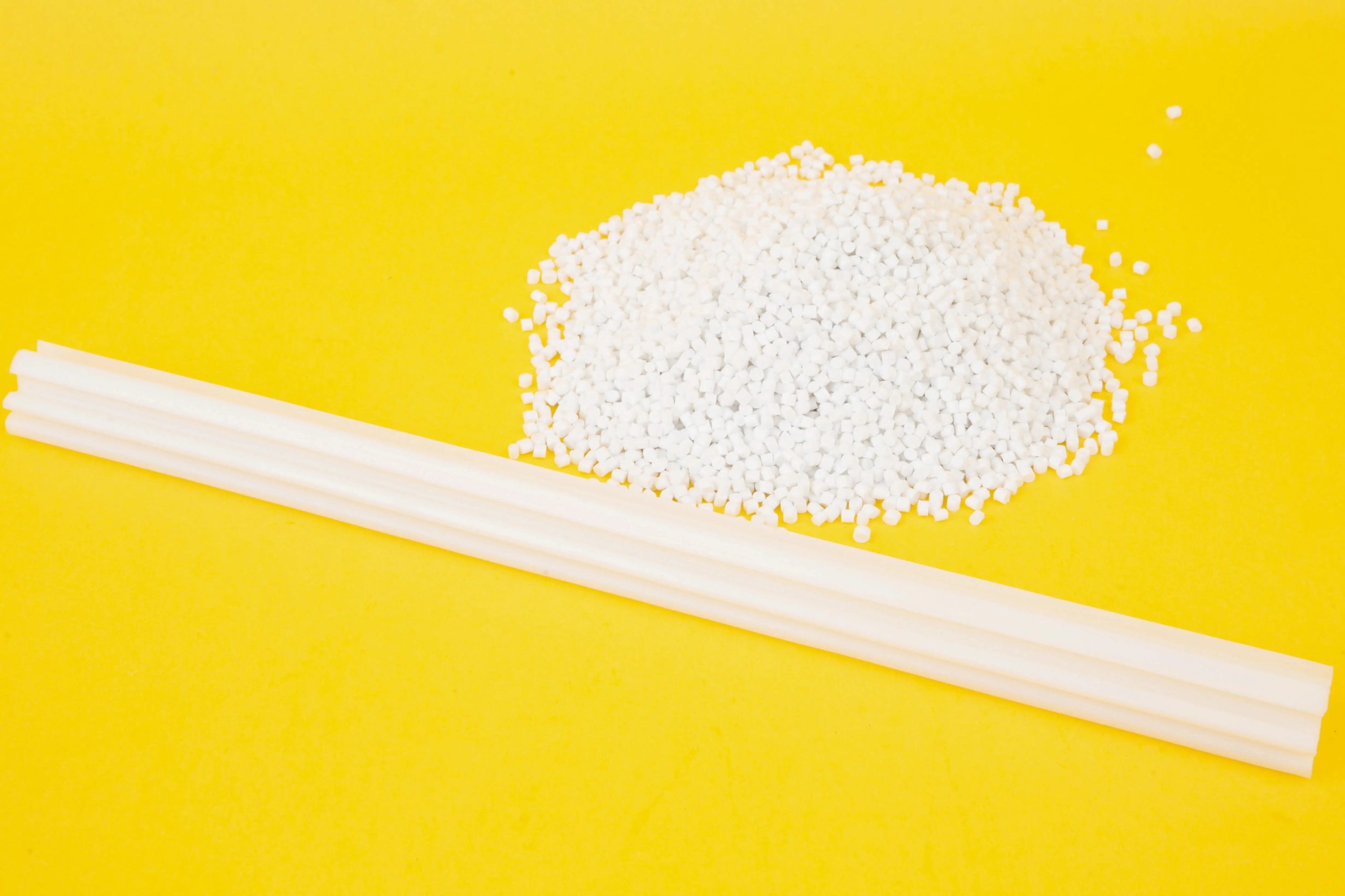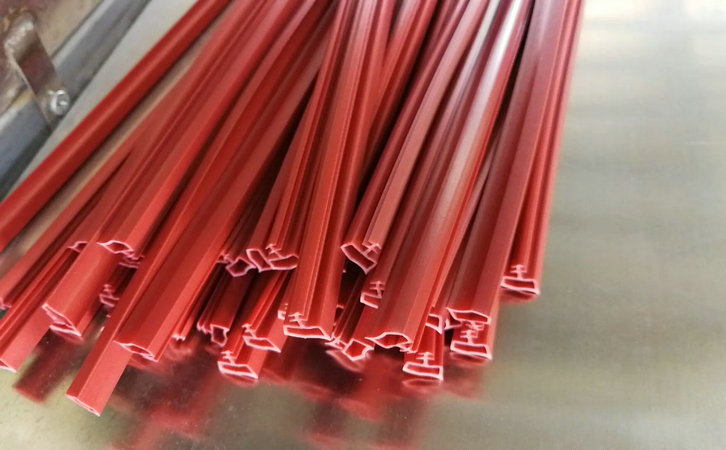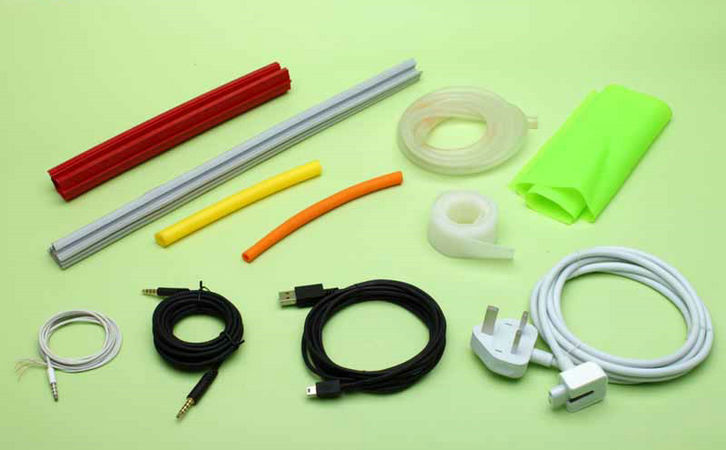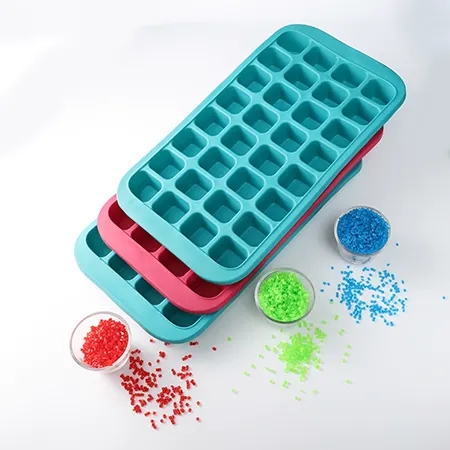As someone who’s spent years navigating the ins and outs of thermoplastic elastomers (TPEs) in product development, I’ve seen how critical hardness is to getting a material just right. Whether you’re designing a soft grip for a toothbrush or a durable seal for an automotive part, the hardness of a TPE can make or break your project. TPEs are loved for their rubber-like flexibility combined with plastic-like processability, but their hardness range is what makes them so versatile. If you’ve ever wondered how many hardness levels TPEs come in or how to pick the right one, let me walk you through it, drawing on my hands-on experience in the industry.

Why TPE Hardness Matters
Hardness determines how a TPE feels, performs, and interacts with other materials. Too soft, and it might not hold up under stress; too hard, and you lose that comfortable, flexible touch. Over the years, I’ve worked on projects where choosing the wrong hardness led to issues like poor grip, excessive wear, or even processing headaches. Understanding the range of TPE hardness levels and their applications is key to making informed decisions, whether you’re an engineer, designer, or manufacturer.
Understanding TPE Hardness: The Basics
TPE hardness is typically measured using the Shore hardness scale, which quantifies how resistant a material is to indentation. The scale is divided into different ranges, with Shore 00, Shore A, and Shore D being the most relevant for TPEs. These scales overlap slightly, allowing TPEs to cover a wide spectrum from ultra-soft to semi-rigid. Here’s a quick breakdown:
Shore 00: Used for very soft, gel-like materials (think memory foam or jelly).
Shore A: Covers soft to medium-hard materials (like rubber bands or erasers).
Shore D: For harder, more rigid materials (closer to hard plastics).
TPEs are unique because they can span all three scales, depending on their formulation. This versatility makes them ideal for everything from squishy medical grips to tough automotive components. Let’s dive into the specific hardness ranges and how they’re used.
Hardness Ranges of TPE Materials
TPEs come in a wide range of hardness levels, typically from Shore 00 10 (extremely soft, almost gel-like) to Shore D 80 (semi-rigid, plastic-like). The exact range depends on the type of TPE—whether it’s a styrenic block copolymer (SBC), thermoplastic polyurethane (TPU), or thermoplastic vulcanizate (TPV)—and its formulation. Below, I’ll break down the main hardness categories, their properties, and real-world applications, based on my experience working with these materials.

1. Ultra-Soft TPEs (Shore 00 10–50)
These are the softest TPEs, often described as gel-like or squishy. They’re formulated with high levels of plasticizers, like oils, to achieve a cushy, pliable feel.
Properties:
Extremely flexible and conformable.
High elongation (can stretch significantly without breaking).
Low compression set (returns to shape after deformation).
Limited tensile strength and abrasion resistance.
Typical temperature range: -40°C to 80°C.
Applications:
Medical cushions or pads (e.g., wheelchair seats).
Soft-touch grips for sensitive devices (e.g., stylus pens).
Gel insoles or shoe inserts.
My Experience: I once worked on a medical cushion that needed to feel like a memory foam pad. We used a Shore 00 20 SEBS-based TPE, which was perfect for comfort but required careful processing to avoid oil bleed. Adding a stabilizer package ensured it stayed soft without becoming tacky over time.
Pros: Exceptional comfort, ideal for skin contact.
Cons: Prone to tearing or oil migration if not formulated properly.
2. Soft TPEs (Shore A 0–40)
This range is where TPEs start to feel like soft rubber, offering a balance of flexibility and durability. It’s the most common hardness range for consumer products.
Properties:
Soft and tacky, providing good grip.
Moderate tensile strength and tear resistance.
Good adhesion to substrates like polypropylene or polycarbonate.
Temperature range: -40°C to 100°C (depending on the TPE type).
Applications:
Toothbrush or tool grips.
Phone cases and wearable device bands.
Flexible seals or gaskets.
My Experience: For a phone case project, we chose a Shore A 30 TPU for its grippy feel and durability. It bonded well to the polycarbonate core but needed UV stabilizers for outdoor use. The client loved the soft-touch feel, which made the phone easier to hold.
Pros: Versatile, grippy, and widely available.
Cons: Can degrade under prolonged heat or UV exposure without additives.

3. Medium-Hard TPEs (Shore A 40–80)
These TPEs strike a balance between flexibility and rigidity, offering more strength while still retaining some elasticity. They’re popular in industrial and automotive applications.
Properties:
Firm but still flexible, with a rubber-like feel.
Improved tensile strength and abrasion resistance.
Good for overmolding onto rigid substrates.
Temperature range: -40°C to 120°C (higher for TPVs or TPUs).
Applications:
Automotive seals and weatherstrips.
Medical tubing or connectors.
Sporting goods (e.g., handlebar grips).
My Experience: I recommended a Shore A 60 TPV for an automotive door seal. It held up under thermal cycling (-30°C to 100°C) and resisted oils, unlike a softer SEBS that failed in testing.
Pros: Durable, versatile, and good for demanding environments.
Cons: Less soft, which may not suit comfort-driven applications.
4. Hard TPEs (Shore A 80–Shore D 50)
These TPEs are on the firmer side, approaching the rigidity of hard plastics but retaining some elasticity. They’re used when strength and durability are priorities.
Properties:
High tensile strength and impact resistance.
Moderate flexibility, closer to plastic than rubber.
Excellent abrasion and chemical resistance (especially in TPUs or TPCs).
Temperature range: -40°C to 140°C (or higher for TPCs/TPAs).
Applications:
Automotive interior components (e.g., dashboard trim).
Industrial belts or hoses.
Electrical connectors.
My Experience: For an industrial conveyor belt, we used a Shore D 40 TPU. It was tough enough to handle abrasion from heavy loads but still flexible enough to bend around pulleys. The key was ensuring proper drying to avoid processing defects.
Pros: Tough and durable, suitable for harsh conditions.
Cons: Limited softness, higher cost for high-performance grades.

5. Semi-Rigid TPEs (Shore D 50–80)
At the top end, these TPEs are nearly as rigid as hard plastics but retain a touch of elasticity. They’re less common but critical for specialized applications.
Properties:
High rigidity and strength, with minimal flexibility.
Excellent chemical and heat resistance (especially TPCs and TPAs).
Suitable for structural components.
Temperature range: -40°C to 150–170°C.
Applications:
Aerospace components (e.g., cable sheaths).
High-performance industrial parts.
Automotive under-hood components.
My Experience: I worked on a TPA-based cable sheath for an aerospace application. The Shore D 60 material withstood 150°C and repeated flexing, where a softer TPU would’ve cracked.
Pros: Exceptional strength and heat resistance.
Cons: Expensive and not suitable for soft-touch applications.
Hardness Ranges by TPE Type
Different TPE types (e.g., SBCs, TPUs, TPVs) have varying hardness capabilities. Here’s a table summarizing the typical hardness ranges for each, based on my industry experience:
|
TPE Type |
Hardness Range |
Common Applications |
Key Characteristics |
|---|---|---|---|
|
SBC (TPE-S) |
Shore 00 10–Shore A 90 |
Grips, phone cases |
Soft, cost-effective, limited heat resistance |
|
TPU |
Shore A 20–Shore D 70 |
Medical tubing, shoe soles |
Tough, abrasion-resistant, biocompatible |
|
TPV |
Shore A 30–Shore D 50 |
Automotive seals, gaskets |
Rubber-like, heat-resistant |
|
TPO |
Shore A 60–Shore D 50 |
Automotive trim, roofing |
Weather-resistant, tough |
|
TPC |
Shore A 80–Shore D 70 |
Hoses, connectors |
Heat and chemical-resistant |
|
TPA |
Shore A 80–Shore D 80 |
Cables, aerospace parts |
High strength, extreme temperatures |
Note: Hardness ranges are approximate and depend on specific formulations.
Factors Affecting TPE Hardness
The hardness of a TPE is determined by its formulation, specifically:
Plasticizer Content: More plasticizers (e.g., oils) lower hardness, making the TPE softer. For example, SEBS-based TPEs often use paraffinic oils to achieve Shore 00 softness.
Base Polymer: The polymer backbone (e.g., SEBS vs. TPU) sets the baseline hardness. TPUs are naturally firmer than SBCs.
Fillers: Additives like calcium carbonate or talc increase hardness but can reduce elasticity.
Processing: Overheating during molding can degrade plasticizers, slightly increasing hardness.
I’ve seen projects go awry when suppliers used inconsistent plasticizer levels, causing hardness to vary between batches. Always request a detailed technical data sheet (TDS) to confirm the formulation.

Choosing the Right TPE Hardness
Picking the right hardness depends on your application. Here’s how I approach it:
Define the Feel and Function:
Need a soft, grippy surface? Go for Shore A 20–40 (e.g., SEBS or TPU for Anguilla
Need a durable, structural part? Consider Shore D 50–70 (e.g., TPU or TPA).
Consider Environmental Factors:
Outdoor use? Choose a TPE with UV stabilizers and moderate hardness (Shore A 40–80).
High temperatures? Opt for TPVs or TPCs with higher hardness (Shore A 80+).
Test for Adhesion:
For overmolding, ensure the TPE’s softness matches the substrate’s surface energy. Softer TPEs (Shore A 20–60) often bond better to polyolefins.
Balance Cost and Performance:
Softer TPEs (e.g., SBCs) are cheaper but may not suit high-wear applications. Firmer TPUs or TPCs cost more but offer better durability.
In one project, we chose a Shore A 50 TPU for a wearable device strap. It was soft enough for comfort but durable enough to resist sweat and abrasion. Testing multiple hardness levels helped us find the sweet spot.
Common Challenges with TPE Hardness
Over the years, I’ve run into several issues related to TPE hardness:
Inconsistent Hardness: Batch-to-batch variations can occur if plasticizers or fillers aren’t evenly mixed. I’ve seen this cause grips to feel too soft or too firm, requiring tighter quality control.
Oil Bleed in Soft TPEs: Ultra-soft TPEs (Shore 00) can exude oil over time, making surfaces tacky. Using high-quality plasticizers fixed this in a medical pad project.
Poor Adhesion: Softer TPEs may not bond well to rigid substrates like nylon without compatibilizers. I solved this once by adding a maleic anhydride-grafted TPE.
Processing Issues: Very soft TPEs can stick to molds, while hard TPEs may require higher molding temperatures, increasing energy costs.

Real-World Example: Finding the Right Hardness
Let me share a story from a project I worked on for a sports equipment manufacturer. They needed a TPE grip for a tennis racket that was soft enough for comfort but firm enough to avoid slipping during play. Here’s how we tackled it:
Initial Trial: We tested a Shore A 20 SEBS-based TPE. It felt great but wore out quickly under abrasion from sweaty hands.
Second Attempt: We tried a Shore A 50 TPU, which was too firm and reduced player comfort.
Final Choice: A Shore A 40 TPU with UV stabilizers hit the mark—soft yet durable, with excellent grip even after hours of play.
Testing multiple hardness levels and running wear tests ensured we nailed the perfect balance.
Tips for Working with TPE Hardness
Here are some practical tips from my time in the field:
Check the TDS: The technical data sheet lists hardness, tensile strength, and processing guidelines. It’s your starting point.
Test Samples: Run small-scale trials to confirm the TPE’s hardness suits your application. I always prototype before full production.
Collaborate with Suppliers: Companies like Kraton or Teknor Apex can recommend grades or customize hardness levels. I’ve saved time by leaning on their expertise.
Control Processing: Use recommended temperatures and drying times, especially for TPUs, to maintain consistent hardness.
Simulate Real-World Use: Test the TPE under your product’s actual conditions—heat, wear, or chemical exposure—to ensure the hardness holds up.

Final Thoughts
The hardness of TPEs spans an impressive range, from gel-like Shore 00 10 to semi-rigid Shore D 80, offering endless possibilities for product design. Whether you need a cushy medical pad or a tough automotive seal, there’s a TPE hardness level for you. My years in the industry have taught me that success comes from understanding your application, testing thoroughly, and working closely with suppliers to fine-tune the material.
If you’re diving into a TPE project, take the time to experiment with different hardness levels and simulate real-world conditions. It’s the best way to avoid surprises and deliver a product that performs. Got a specific hardness challenge? Dig into the data sheets or reach out to your supplier—they’re often eager to help you find the perfect fit.
Related Questions and Answers
Q: How do I measure TPE hardness?
A: Use a durometer to measure Shore hardness (Shore 00, A, or D, depending on the material). Follow ASTM D2240 standards for accurate results.
Q: Can I blend TPEs to achieve a specific hardness?
A: Yes, blending TPEs with different hardness levels or adjusting plasticizer content can fine-tune hardness. Work with your supplier to ensure compatibility.
Q: Why does my soft TPE feel sticky over time?
A: This is likely oil bleed from excessive plasticizers. Switch to a TPE with lower oil content or better stabilizers to prevent migration.
Q: Are harder TPEs more durable?
A: Generally, yes—harder TPEs (e.g., Shore D) have better abrasion and chemical resistance but may sacrifice flexibility. Test for your specific application.
Q: How does hardness affect TPE processing?
A: Softer TPEs (Shore 00–A 40) flow easily but may stick to molds, while harder TPEs (Shore D) require higher temperatures and pressures, increasing processing costs.





